Home>Gardening & Outdoor>Garden Tools & Equipment>How To Clean Carburetor On Craftsman Leaf Blower
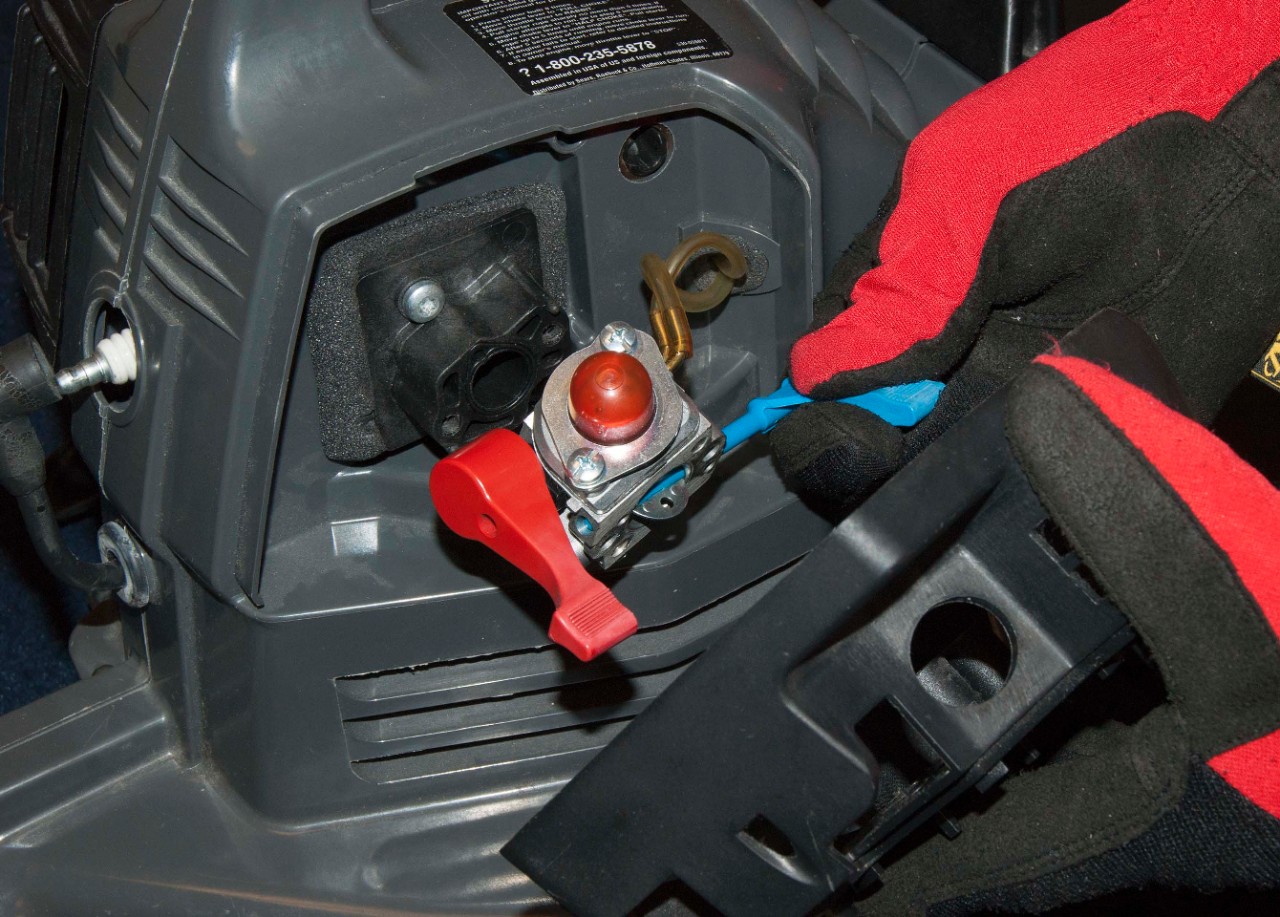

Garden Tools & Equipment
How To Clean Carburetor On Craftsman Leaf Blower
Modified: February 27, 2024
Learn how to effectively clean the carburetor on your Craftsman leaf blower with our expert guide. Keep your garden tools and equipment running smoothly!
(Many of the links in this article redirect to a specific reviewed product. Your purchase of these products through affiliate links helps to generate commission for Storables.com, at no extra cost. Learn more)
Introduction
If your Craftsman leaf blower is not running as smoothly as it once did, the culprit might be a dirty or clogged carburetor. The carburetor plays a crucial role in the engine's performance by mixing air and fuel in the right proportion. Over time, dirt, debris, and old fuel can accumulate in the carburetor, leading to poor engine performance or difficulty starting the leaf blower. However, with the right knowledge and tools, cleaning the carburetor on your Craftsman leaf blower can be a straightforward task.
In this guide, we will walk you through the process of cleaning the carburetor on your Craftsman leaf blower, helping you restore its performance and efficiency. Understanding the components and steps involved in this process will empower you to maintain your leaf blower in top condition, ensuring it continues to serve you effectively in keeping your outdoor spaces tidy and well-maintained.
By the end of this comprehensive guide, you will have the confidence and expertise to tackle carburetor cleaning with ease, allowing you to enjoy the full power and reliability of your Craftsman leaf blower once more. Let's delve into the world of carburetors and equip ourselves with the knowledge and skills needed to keep our garden tools in prime working condition.
Key Takeaways:
- Keep your Craftsman leaf blower running smoothly by cleaning its carburetor. This simple task can restore engine performance and ensure reliable operation for maintaining outdoor spaces.
- Understanding and maintaining the carburetor is essential for fuel efficiency and reduced emissions, contributing to environmentally conscious garden tool usage.
Read more: How To Clean Leaf Blower Carburetor
Understanding the Carburetor
Before diving into the process of cleaning the carburetor on your Craftsman leaf blower, it’s essential to understand the role this critical component plays in the engine’s operation. The carburetor is responsible for mixing the right proportion of air and fuel to create a combustible mixture that powers the engine.
Within the carburetor, air is drawn in through the air filter and mixed with fuel from the fuel tank. This mixture is then delivered to the engine’s combustion chamber, where it is ignited to generate the power needed to drive the leaf blower’s fan and produce the airflow required for clearing leaves and debris.
The carburetor consists of several key components, including the throttle, choke, float bowl, and various jets and passages. The throttle controls the amount of air entering the carburetor, while the choke regulates the air-to-fuel ratio during startup. The float bowl houses the fuel supply, and the jets and passages ensure the proper flow and mixture of air and fuel.
Over time, the carburetor can become clogged or contaminated with dirt, varnish, or residue from old fuel. This buildup can disrupt the precise air-to-fuel ratio, leading to engine performance issues such as rough idling, stalling, or difficulty starting. By cleaning the carburetor, you can remove these obstructions and restore the proper functioning of this vital component.
Understanding how the carburetor operates and the impact of dirt and debris on its performance will equip you with the knowledge needed to identify and address potential issues. With this understanding in mind, you can confidently proceed with the process of cleaning and maintaining the carburetor on your Craftsman leaf blower, ensuring that it continues to deliver reliable and efficient performance.
Tools and Materials Needed
Before embarking on the task of cleaning the carburetor on your Craftsman leaf blower, it’s important to gather the necessary tools and materials to ensure a smooth and efficient process. Here’s a comprehensive list of items you’ll need:
Tools:
- Socket and wrench set
- Screwdriver set (flathead and Phillips)
- Carburetor adjustment tool
- Compressed air can or air compressor
- Small wire brush or carburetor cleaning brush
- Safety goggles and gloves
Materials:
- Fresh gasoline
- Carburetor cleaner or solvent
- Clean rags or shop towels
- Container for fuel drainage
- Replacement gaskets and diaphragms (if necessary)
Having these tools and materials on hand will ensure that you are well-prepared to tackle the carburetor cleaning process effectively. The socket and wrench set will help you remove the necessary components, while the screwdriver set and carburetor adjustment tool will enable you to disassemble and adjust the carburetor as needed.
Using a compressed air can or air compressor, along with a small wire brush or carburetor cleaning brush, will allow you to thoroughly clean the carburetor’s internal passages and components. Additionally, wearing safety goggles and gloves is crucial to protect yourself from any debris or solvent during the cleaning process.
When it comes to materials, having fresh gasoline on hand is essential for testing the leaf blower after reassembling the carburetor. Carburetor cleaner or solvent will be used to remove dirt and residue from the carburetor components, while clean rags or shop towels will help in wiping and drying the parts during the cleaning process.
Lastly, having a container for fuel drainage and replacement gaskets and diaphragms, if necessary, will ensure that you are fully equipped to address any potential issues or components that may require replacement during the cleaning process.
By gathering these tools and materials before starting, you’ll be well-prepared to clean the carburetor on your Craftsman leaf blower efficiently and effectively, helping to restore its optimal performance and functionality.
Read more: How To Start Craftsman Leaf Blower
Removing the Carburetor
Before you can begin the process of cleaning the carburetor on your Craftsman leaf blower, you’ll need to remove the carburetor from the engine. This step is essential to gain full access to the carburetor and its components, allowing for thorough cleaning and inspection. Here’s a step-by-step guide to removing the carburetor:
- Prepare the Work Area: Start by ensuring that the leaf blower is turned off and the engine is cool. Find a well-lit and spacious work area where you can comfortably work on removing the carburetor.
- Locate the Carburetor: The carburetor is typically located near the engine’s air filter and is connected to the intake manifold and fuel lines. Refer to your leaf blower’s manual or schematic to locate the carburetor and its mounting hardware.
- Disconnect the Fuel Lines: Carefully disconnect the fuel lines from the carburetor. It’s advisable to place a container beneath the fuel lines to catch any residual fuel that may drain out.
- Remove the Mounting Hardware: Using the appropriate socket and wrench, carefully remove the mounting hardware that secures the carburetor to the engine. Keep track of the screws, nuts, or bolts to ensure they can be reinstalled correctly later.
- Detach the Linkages and Cables: Take note of any linkages or cables connected to the carburetor, such as the throttle linkage. Carefully detach these connections to free the carburetor from the engine.
- Remove the Carburetor: Once all connections and mounting hardware have been detached, carefully lift the carburetor away from the engine. Be mindful of any gaskets or seals that may be present and ensure they remain intact for reinstallation.
With the carburetor successfully removed from the engine, you can proceed to the next steps in the cleaning process. It’s important to handle the carburetor with care to avoid damaging any delicate components or causing leaks. By following these steps, you’ll be well on your way to effectively cleaning and maintaining the carburetor on your Craftsman leaf blower, ensuring optimal performance and reliability.
Disassembling the Carburetor
With the carburetor successfully removed from your Craftsman leaf blower, the next crucial step in the cleaning process is to disassemble the carburetor. This will allow you to access its internal components, including the jets, float bowl, and diaphragm, for thorough cleaning and inspection. Here’s a detailed guide to disassembling the carburetor:
- Inspect the Exterior: Before disassembling the carburetor, carefully inspect its exterior for any visible dirt, debris, or signs of wear. This initial assessment will provide insight into the condition of the carburetor and guide your cleaning efforts.
- Remove the Cover and Diaphragm: Start by carefully removing the cover of the carburetor, often secured by screws. Once the cover is off, you’ll find the diaphragm, which should be gently detached, taking note of its orientation for reassembly.
- Access the Float Bowl: Beneath the cover and diaphragm, you’ll find the float bowl, which houses the float, needle valve, and fuel inlet. Carefully remove the screws or bolts securing the float bowl to access its contents.
- Inspect the Jets and Passages: With the float bowl removed, you’ll have access to the jets and internal passages of the carburetor. Use a carburetor cleaning brush and compressed air to clean these components thoroughly, ensuring that no obstructions remain.
- Remove the Jets and Needle Valve: Carefully remove the jets and needle valve from their respective positions within the carburetor. Take note of their placement and orientation to facilitate reassembly later.
Disassembling the carburetor allows you to access its internal components and clean them effectively, addressing any buildup of dirt, varnish, or residue that may be affecting its performance. It’s important to handle the components with care and keep track of their placement to ensure proper reassembly.
By following these steps, you’ll be well-prepared to thoroughly clean and inspect the internal components of the carburetor, setting the stage for its reassembly and reinstallation in your Craftsman leaf blower. With the carburetor disassembled, you can proceed with confidence, knowing that you are taking proactive steps to maintain the optimal performance and reliability of your leaf blower’s engine.
Cleaning the Carburetor
Once the carburetor of your Craftsman leaf blower has been disassembled, it’s time to embark on the crucial step of cleaning its components. Thorough cleaning is essential to remove any dirt, varnish, or residue that may be obstructing the carburetor’s internal passages and affecting its performance. Here’s a comprehensive guide to effectively clean the carburetor:
- Use Carburetor Cleaner or Solvent: Begin by spraying carburetor cleaner or solvent on all the components, including the jets, passages, needle valve, and float bowl. This will help dissolve and remove any built-up residue or varnish.
- Scrub and Clean Components: Use a small wire brush or a specialized carburetor cleaning brush to scrub the components thoroughly. Pay particular attention to the jets and passages, ensuring that they are free from any obstructions.
- Compressed Air Cleaning: Utilize a can of compressed air or an air compressor to blow out any remaining debris or solvent from the internal passages and components. This step will help ensure that the carburetor is thoroughly cleaned and free from any contaminants.
- Inspect and Re-clean if Necessary: After the initial cleaning, inspect the components for any remaining dirt or residue. If necessary, repeat the cleaning process to achieve a thorough and pristine result.
- Clean the Exterior: While focusing on the internal components, don’t forget to clean the exterior of the carburetor as well. Wipe it down with a clean rag or shop towel to remove any dirt or solvent residue, leaving it clean and ready for reassembly.
Thoroughly cleaning the carburetor is essential to ensure that it functions optimally and delivers the right air-to-fuel mixture for the engine. By following these steps and paying attention to detail, you can effectively address any buildup or contamination within the carburetor, setting the stage for its reassembly and installation.
With the carburetor now clean and free from obstructions, you are well on your way to restoring the optimal performance and efficiency of your Craftsman leaf blower. The cleaning process is a critical step in maintaining the engine’s reliability and power, ensuring that it continues to serve you effectively in keeping your outdoor spaces tidy and well-maintained.
To clean the carburetor on a Craftsman leaf blower, first, remove the air filter and cover. Then, use carburetor cleaner to spray and clean the inside. Finally, reassemble the parts and test the blower.
Reassembling the Carburetor
With the carburetor of your Craftsman leaf blower now thoroughly cleaned, it’s time to proceed with the critical step of reassembling its components. Proper reassembly is essential to ensure that the carburetor functions optimally and delivers the correct air-to-fuel mixture for the engine’s operation. Here’s a detailed guide to effectively reassemble the carburetor:
- Replace the Jets and Needle Valve: Carefully reinstall the jets and needle valve into their respective positions within the carburetor. Ensure that they are secured snugly but not overtightened to avoid damaging the delicate components.
- Reattach the Float Bowl: With the jets and needle valve in place, reattach the float bowl using the appropriate screws or bolts. Ensure a secure fit to prevent any fuel leakage or disruption to the fuel supply.
- Reinstall the Diaphragm and Cover: Position the diaphragm correctly, aligning any tabs or grooves as per the original orientation. Carefully place the cover over the diaphragm and secure it using the necessary screws, taking care not to overtighten them.
- Inspect Gaskets and Seals: Before proceeding further, inspect the gaskets and seals on the carburetor for any signs of wear or damage. Replace them if necessary to ensure proper sealing and prevent any potential fuel leaks.
- Double-Check Internal Components: Take a moment to double-check the placement and orientation of the internal components, ensuring that everything is securely in position and free from any obstructions or misalignments.
Reassembling the carburetor with precision and attention to detail is crucial to its proper functioning and the overall performance of your leaf blower’s engine. By following these steps and handling the components with care, you can ensure that the carburetor is ready for installation and use.
With the carburetor now reassembled, you have taken a significant step towards restoring the optimal performance and reliability of your Craftsman leaf blower. The meticulous reassembly process sets the stage for the successful installation of the carburetor and the testing of the leaf blower’s engine, ensuring that it continues to deliver the power and efficiency needed to maintain your outdoor spaces.
Read more: How To Clean Gutters With A Leaf Blower
Installing the Carburetor
With the carburetor of your Craftsman leaf blower now reassembled and ready for installation, it’s time to proceed with the critical step of installing the carburetor back onto the engine. Proper installation is essential to ensure that the carburetor functions optimally and delivers the correct air-to-fuel mixture for the engine’s operation. Here’s a detailed guide to effectively install the carburetor:
- Align the Carburetor: Position the carburetor carefully, aligning it with the mounting studs or bolts on the engine. Take care to ensure that any gaskets or seals are in place and properly aligned for a secure and leak-free fit.
- Reconnect Linkages and Cables: Reattach any linkages or cables that were disconnected during the removal process, such as the throttle linkage. Ensure that these connections are secure and correctly positioned to allow for smooth and responsive operation.
- Secure the Mounting Hardware: Using the appropriate socket and wrench, carefully reinstall the mounting hardware that secures the carburetor to the engine. Tighten the screws or bolts evenly to ensure a secure and stable fit without overtightening.
- Reconnect the Fuel Lines: Carefully reconnect the fuel lines to the carburetor, ensuring a snug and leak-free connection. Take care to avoid any kinks or bends in the fuel lines that could impede the flow of fuel to the carburetor.
- Double-Check Connections: Take a moment to double-check all connections and mounting hardware, ensuring that everything is securely in place and properly aligned. This step is crucial to prevent any potential issues during the testing and operation of the leaf blower.
Installing the carburetor with precision and attention to detail is crucial to its proper functioning and the overall performance of your leaf blower’s engine. By following these steps and handling the components with care, you can ensure that the carburetor is securely installed and ready for testing.
With the carburetor now successfully installed, you have taken a significant step towards restoring the optimal performance and reliability of your Craftsman leaf blower. The meticulous installation process sets the stage for the testing of the leaf blower’s engine, ensuring that it continues to deliver the power and efficiency needed to maintain your outdoor spaces.
Testing the Leaf Blower
After successfully reinstalling the carburetor onto your Craftsman leaf blower, it’s time to proceed with the critical step of testing the engine to ensure that it is operating smoothly and efficiently. Proper testing is essential to confirm that the carburetor is delivering the correct air-to-fuel mixture and that the engine is performing optimally. Here’s a comprehensive guide to effectively test your leaf blower:
- Prime the Engine: If your leaf blower is equipped with a primer bulb, prime the engine by pressing the bulb several times to ensure that the carburetor is filled with fuel and ready for startup.
- Start the Engine: Following the manufacturer’s recommendations for starting the engine, initiate the startup sequence to bring the leaf blower to life. Pay attention to how the engine responds and idles, noting any irregularities or rough running.
- Check Throttle Response: Test the throttle response by gradually increasing and decreasing the engine speed. Ensure that the engine responds smoothly and without hesitation, indicating that the carburetor is delivering the proper air-to-fuel mixture for different operating conditions.
- Observe Exhaust Emissions: While the engine is running, observe the exhaust emissions to ensure that they are clear and free from excessive smoke or unusual odors. Clean and efficient exhaust emissions are indicative of a well-tuned carburetor and engine.
- Assess Performance: Put the leaf blower through its paces by using it to clear a small area of leaves or debris. Pay attention to how the engine performs under load, ensuring that it maintains consistent power and smooth operation throughout the task.
Thoroughly testing the leaf blower after reinstalling and cleaning the carburetor is crucial to confirming that the engine is functioning optimally and delivering the power and efficiency needed for outdoor maintenance tasks. By following these steps and observing the engine’s performance, you can ensure that the carburetor is operating as intended and that any issues have been effectively addressed.
With the successful completion of the testing process, you can have confidence in the restored performance and reliability of your Craftsman leaf blower. The meticulous testing of the engine confirms that the carburetor is functioning optimally, allowing you to continue using your leaf blower with the assurance of its efficient operation and dependable performance.
Conclusion
Congratulations on successfully cleaning and maintaining the carburetor of your Craftsman leaf blower! By following the comprehensive steps outlined in this guide, you have taken proactive measures to ensure that your leaf blower’s engine operates optimally, delivering the power and efficiency needed for maintaining outdoor spaces. The process of cleaning the carburetor is a vital aspect of garden tool maintenance, and your dedication to this task will contribute to the longevity and reliability of your equipment.
Understanding the intricacies of the carburetor and its role in the engine’s operation has empowered you to tackle the maintenance process with confidence and precision. By disassembling, cleaning, and reassembling the carburetor, you have addressed potential performance issues and restored the proper air-to-fuel mixture essential for the engine’s smooth running. The meticulous testing of the leaf blower’s engine confirms that the carburetor is functioning optimally, ensuring consistent power and efficient operation.
As you continue to use your Craftsman leaf blower, it’s essential to prioritize regular maintenance and inspection of its components, including the carburetor. By staying proactive in your approach to equipment care, you can extend the lifespan of your leaf blower and enjoy reliable performance for years to come. Additionally, maintaining a clean carburetor contributes to fuel efficiency and reduced emissions, aligning with environmentally conscious practices in outdoor equipment usage.
Remember to refer to your leaf blower’s manual for specific maintenance intervals and guidelines, and don’t hesitate to reach out to professional technicians for assistance with more complex maintenance tasks. Your dedication to maintaining the carburetor reflects your commitment to preserving the functionality and efficiency of your garden tools, ensuring that they remain valuable assets for your outdoor maintenance needs.
By embracing the process of cleaning and maintaining the carburetor, you have demonstrated a proactive and informed approach to garden tool care. Your efforts will be rewarded with a dependable and efficient Craftsman leaf blower, ready to tackle leaf-clearing and maintenance tasks with ease. Here’s to a well-maintained leaf blower and pristine outdoor spaces!
Frequently Asked Questions about How To Clean Carburetor On Craftsman Leaf Blower
Was this page helpful?
At Storables.com, we guarantee accurate and reliable information. Our content, validated by Expert Board Contributors, is crafted following stringent Editorial Policies. We're committed to providing you with well-researched, expert-backed insights for all your informational needs.
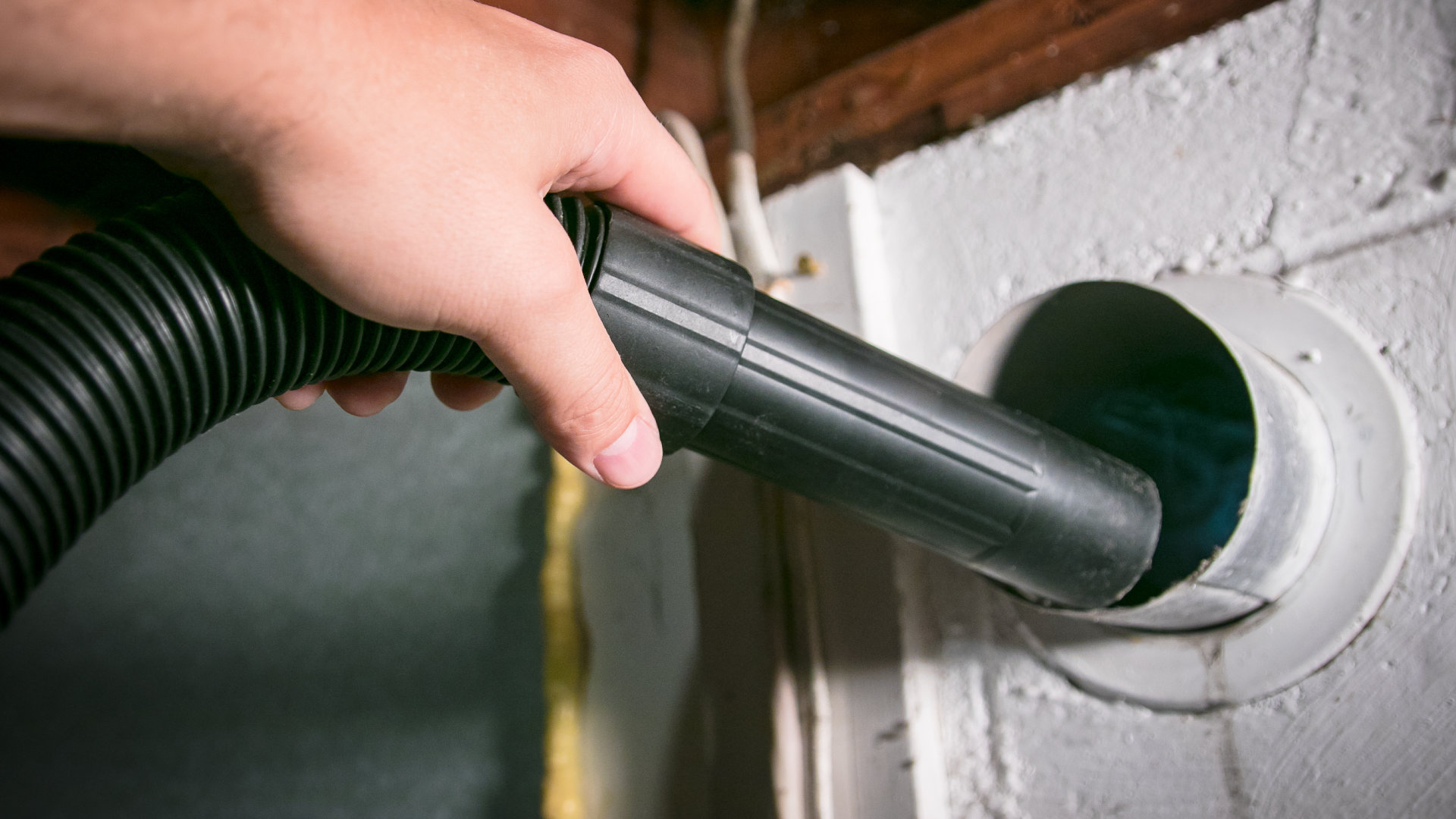
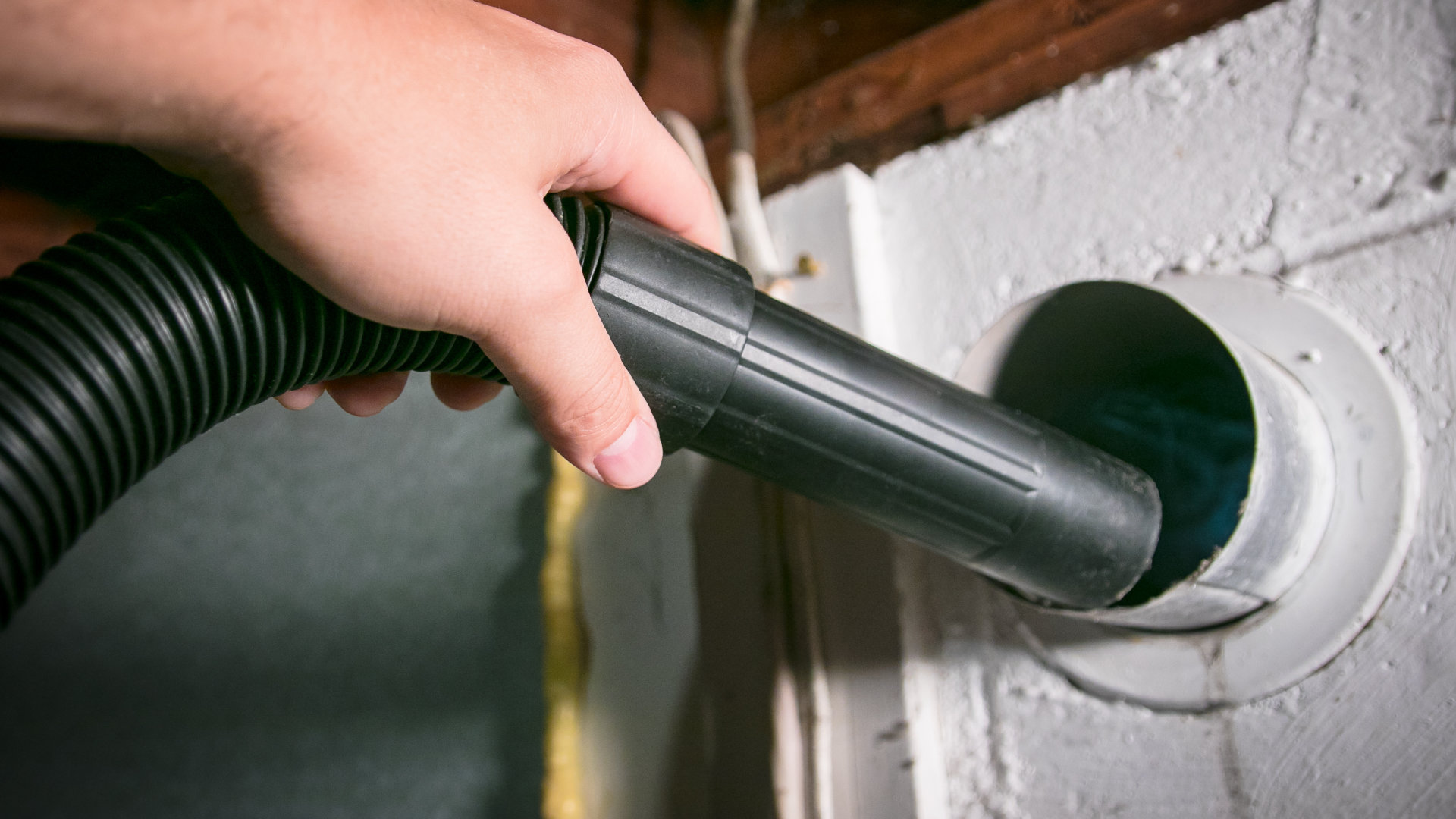
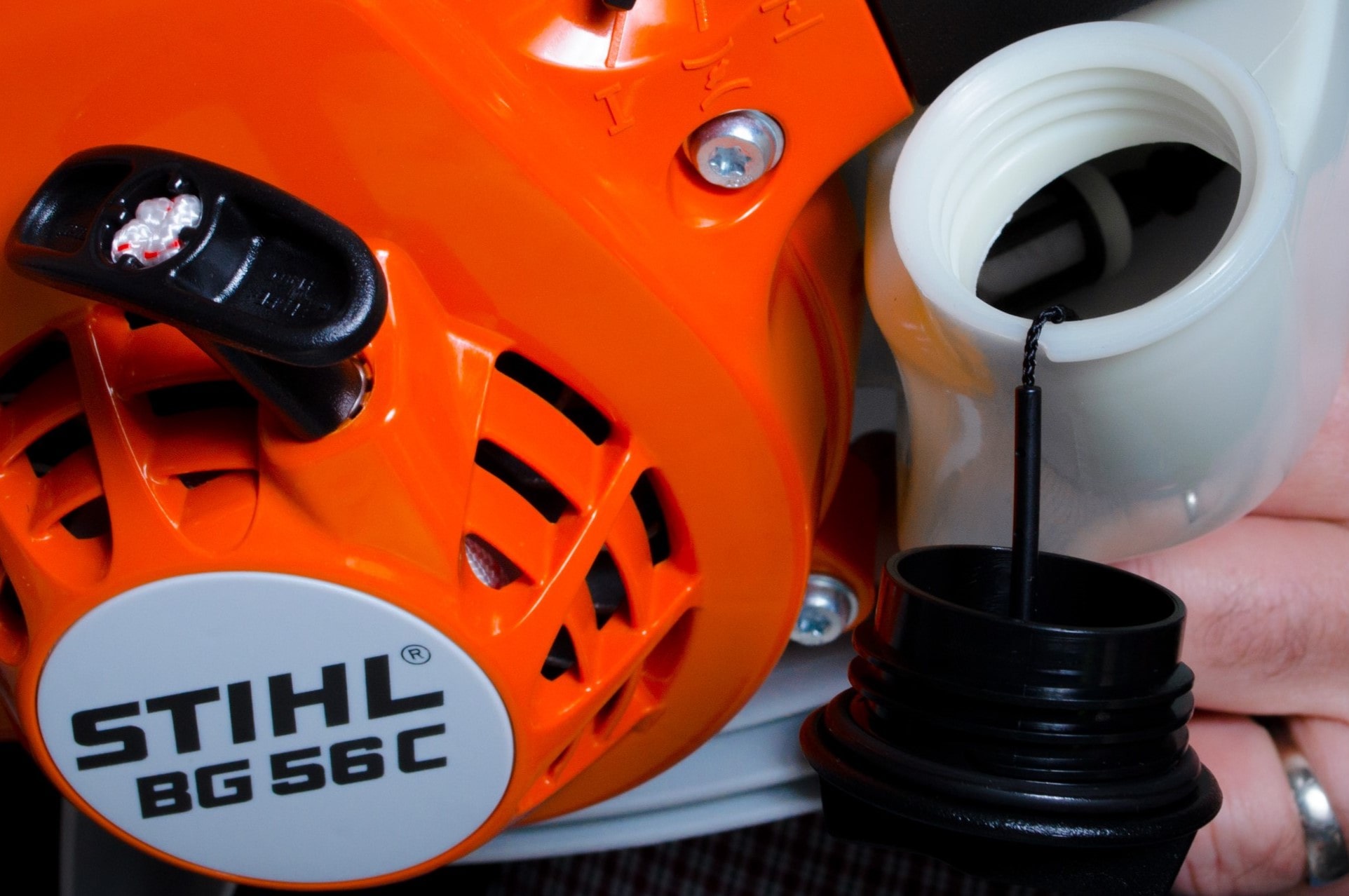

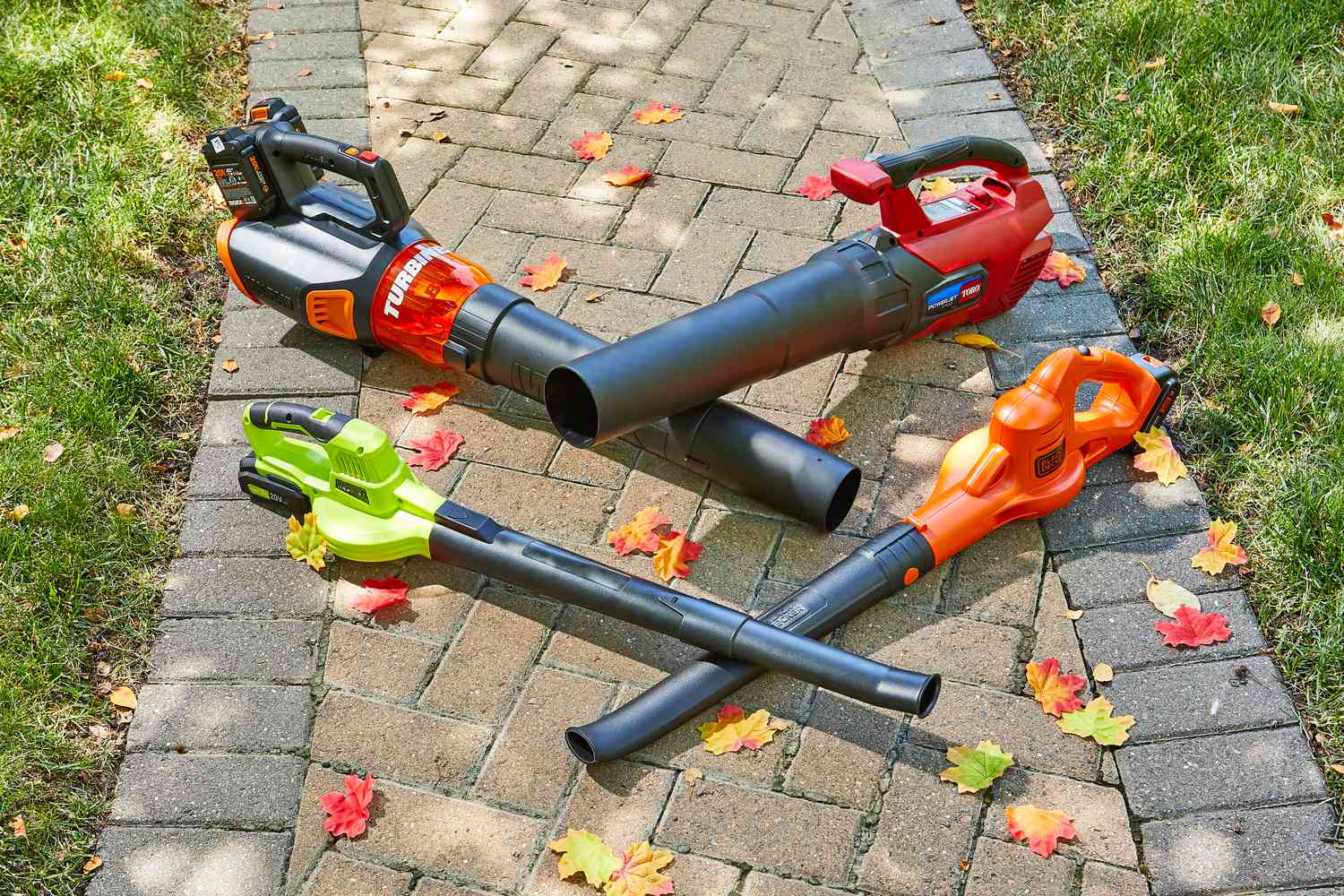

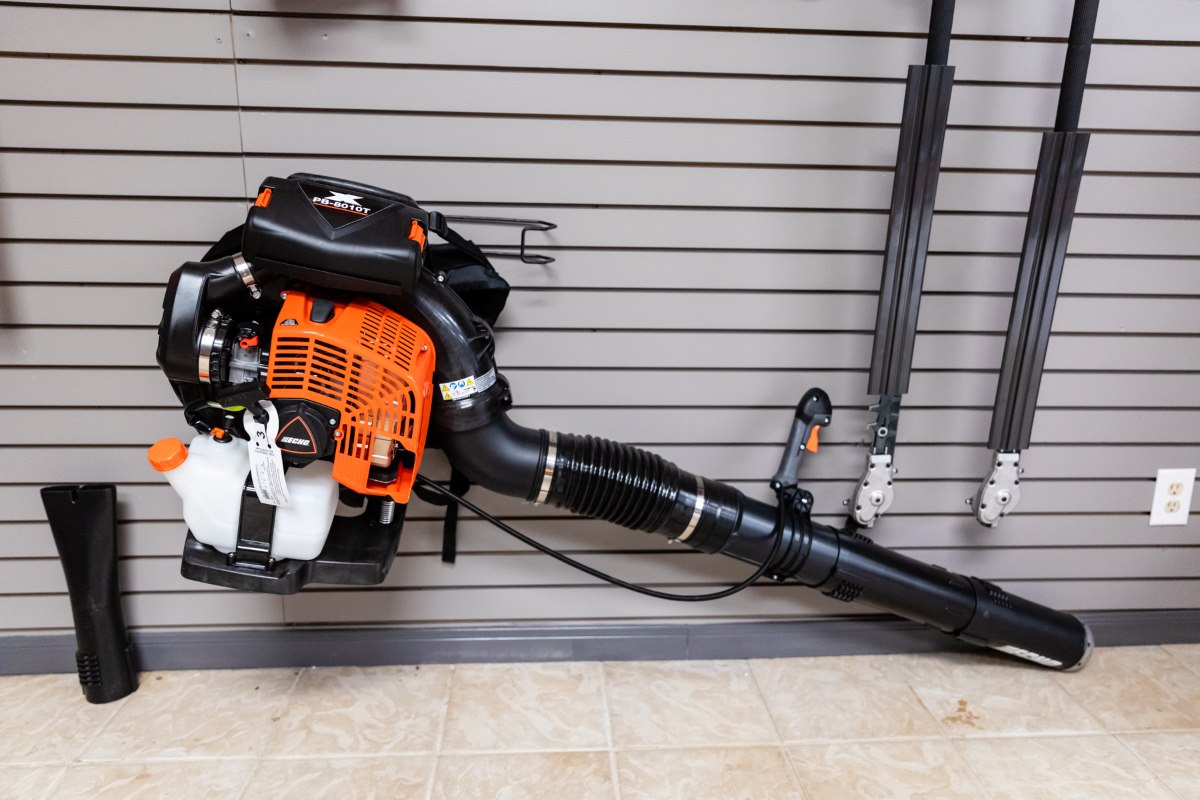
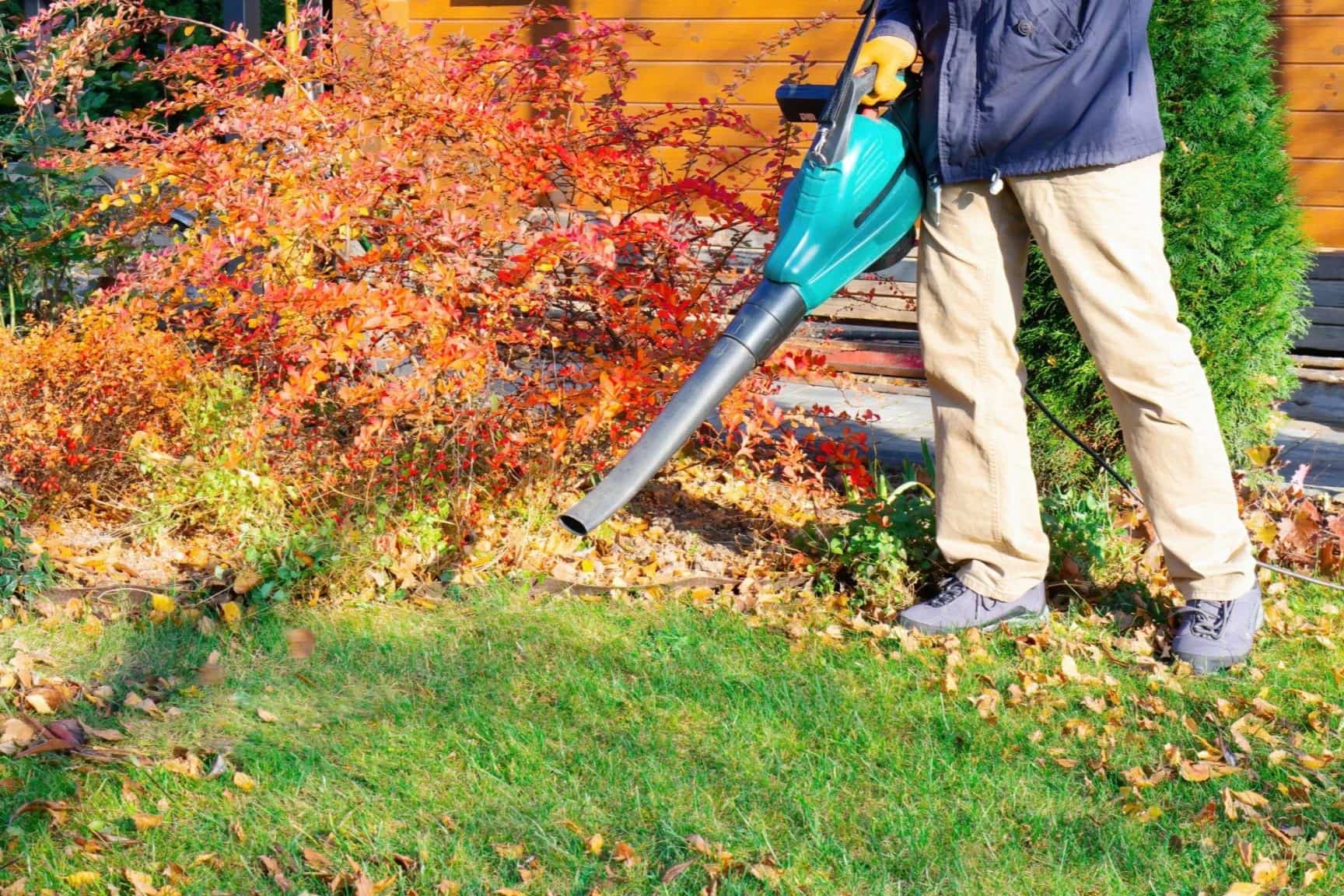
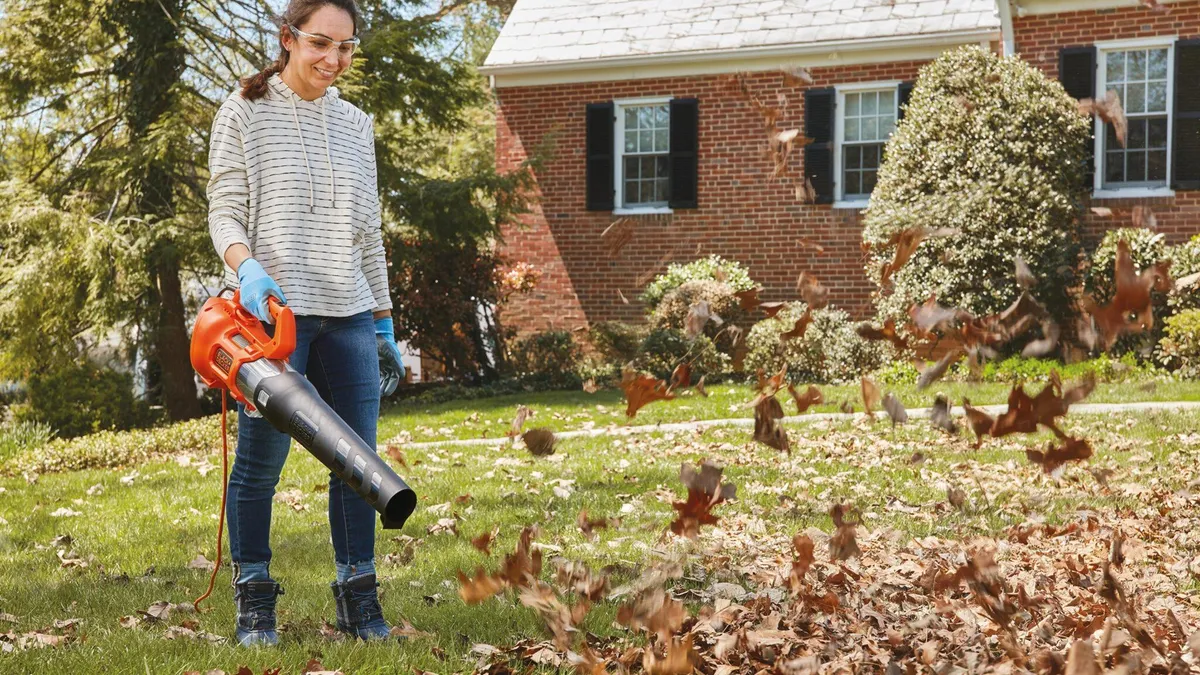
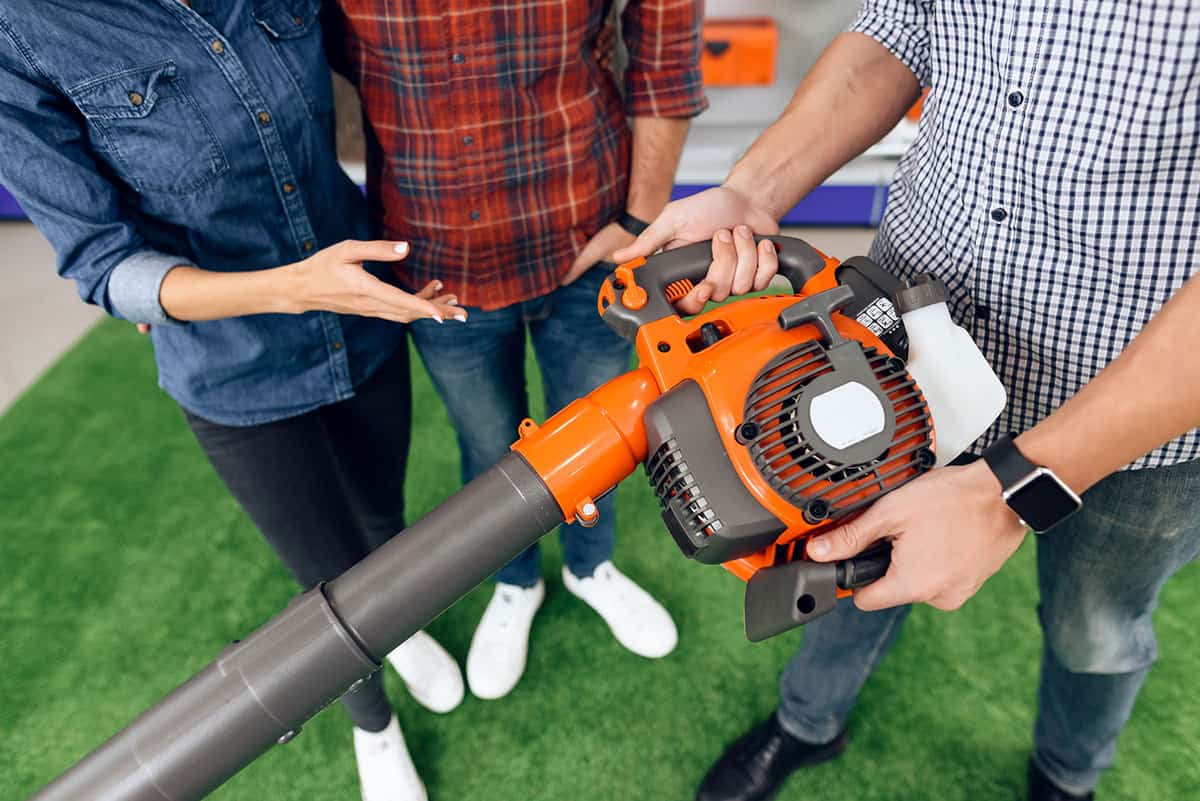

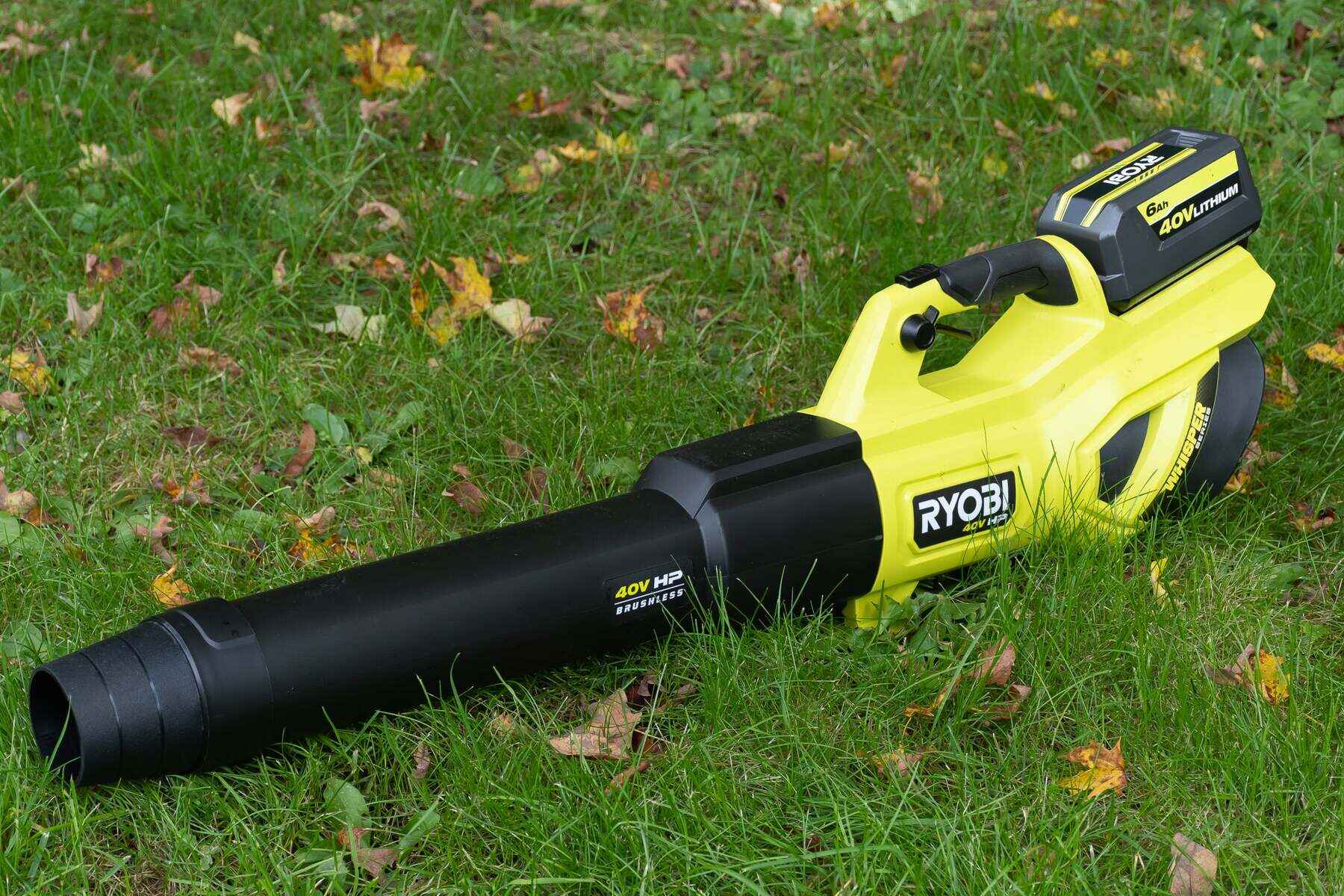
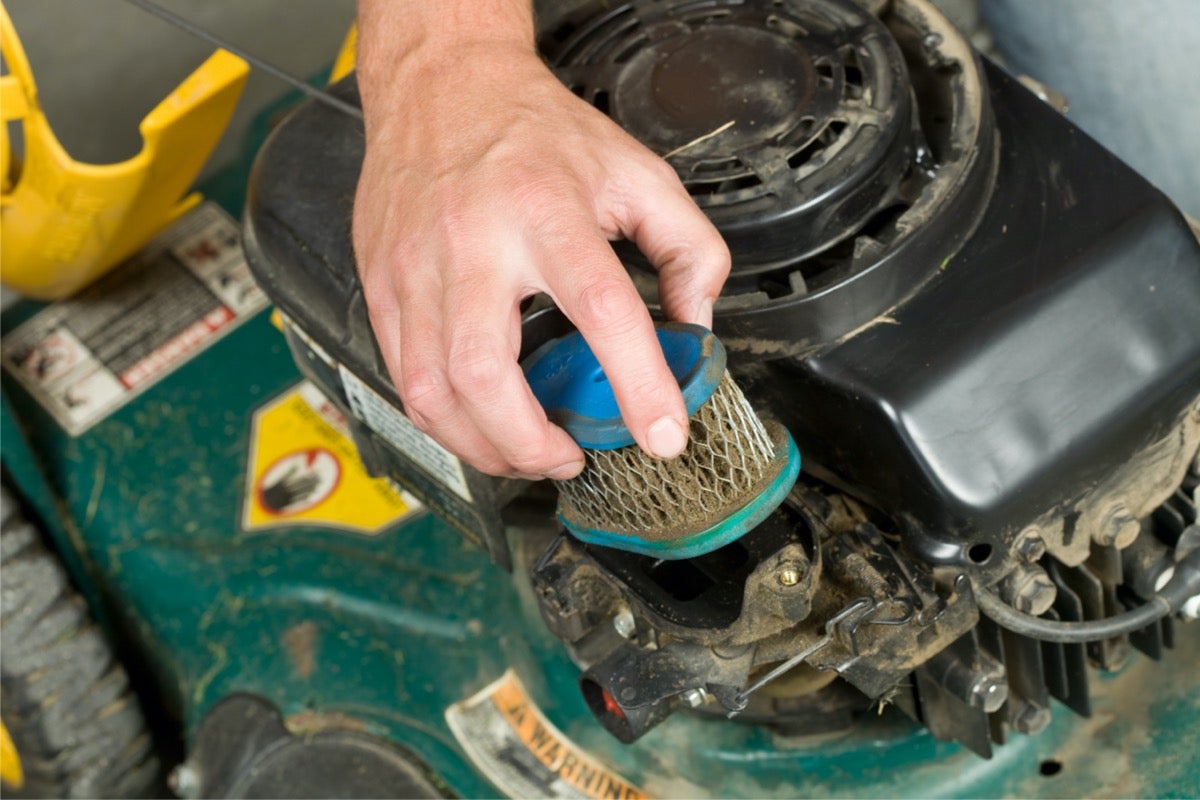

0 thoughts on “How To Clean Carburetor On Craftsman Leaf Blower”